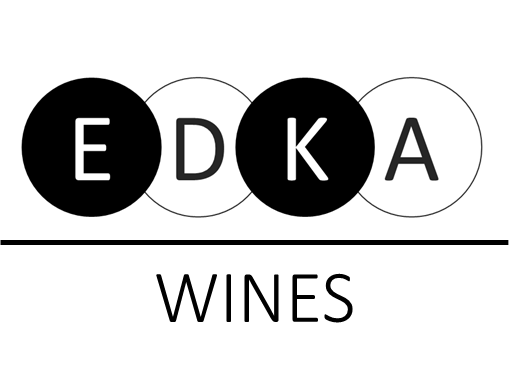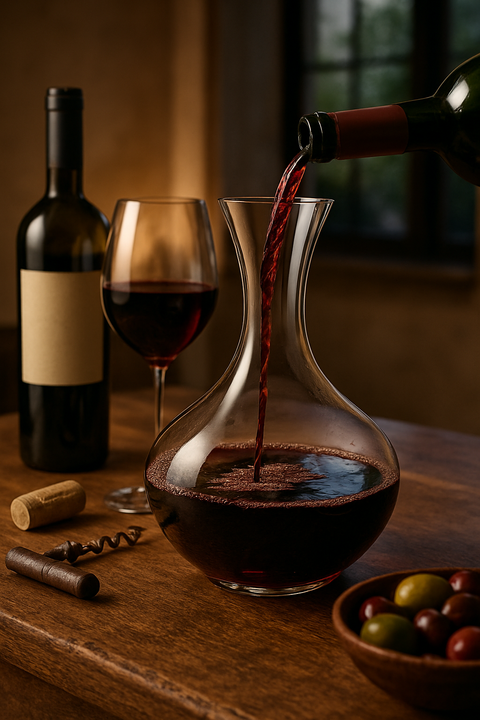Decanting wine is more than an elegant ritual—it's a transformative process that can significantly enhance your wine-drinking experience. By allowing wine to breathe and interact gently with air, decanting reveals hidden flavours and aromas, softens tannins, and elevates even modest bottles into memorable experiences. Discover the magic of wine with Edka wines.
The history of decanting dates back centuries, originally designed to separate wine from sediment formed during ageing. Older, particularly red wines, naturally develop sediment—harmless but unpleasant to taste. Gently pouring wine into a decanter leaves sediment behind, ensuring every sip remains clear, smooth, and enjoyable. However, the benefits of decanting extend far beyond clarity alone.
Younger wines—especially those rich in tannins and tightly structured—often benefit from the exposure to oxygen provided by decanting. When wine interacts with air, aromas bloom, tannins soften, and the wine’s personality unfolds gracefully. Robust reds such as Cabernet Sauvignon, Barolo, and Syrah can be transformed through this simple act, revealing layers of fruit, spice, and earthiness that may have initially been concealed by youth or structural intensity.
Yet, decanting isn't limited solely to red wines. White wines, particularly full-bodied or oak-aged varieties such as Chardonnay, white Burgundy, or aged Riesling, also respond beautifully to brief aeration. Decanting these wines helps dissipate initial reductive aromas or any subtle sulphur notes, unveiling the wine’s true aromatic complexity, creamy textures, and nuanced mineral character.
The process itself is straightforward yet requires a gentle hand. Ideally, the wine should be slowly poured into a decanter at an angle, increasing the surface area exposed to air. For younger, structured wines, a broader-bottomed decanter maximises oxygen contact, whereas older wines are better suited to narrower vessels, limiting excessive exposure that might diminish fragile aromas. The duration of decanting varies, ranging from mere minutes for delicate wines, to hours for bold, youthful reds.
The choice of decanter also influences your experience. Crystal or glass vessels not only enhance the aesthetics of wine presentation but provide ample space for aeration. Contemporary designs blend functionality with artistry, making the simple act of decanting a captivating ritual, adding elegance and a touch of sophistication to any gathering.
Pairing decanted wines at the table elevates dining to a new level. Imagine decanting a structured Bordeaux to accompany roast beef or a hearty stew, where softened tannins elegantly frame the dish’s robust flavours. A decanted Chardonnay paired with butter-poached lobster or rich seafood pasta highlights both the wine’s silky texture and the meal’s refined richness, creating a harmonious interplay of taste and texture.
Ultimately, decanting wine is an effortless way to heighten your enjoyment and deepen your appreciation of what lies within each bottle. Whether enhancing young wines’ complexity or gently waking older vintages from slumber, decanting connects us more intimately with the artistry behind wine—capturing the magic and mystery that makes each glass memorable.


Comments (0)
There are no comments for this article. Be the first one to leave a message!